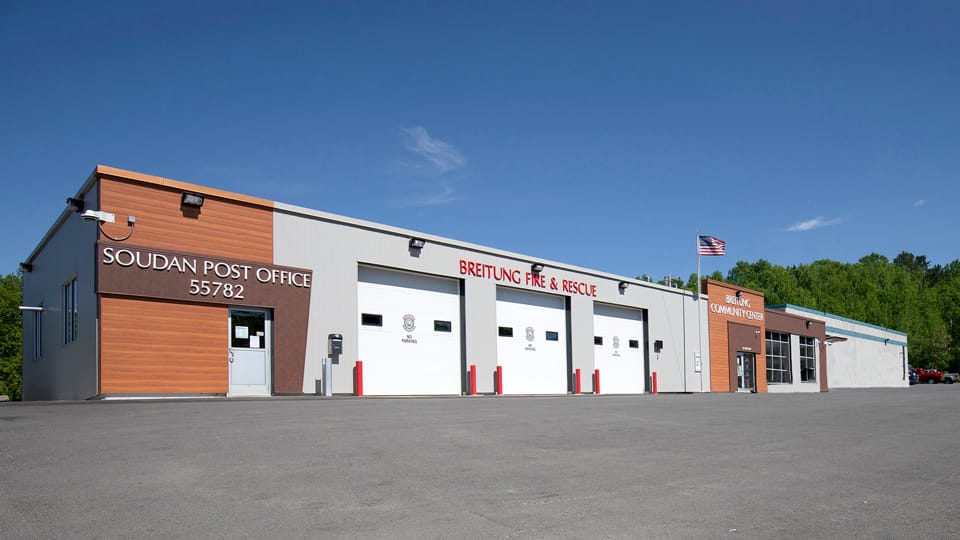What Every Community Should Consider
As communities grow and evolve, so must the infrastructure that protects them. Public safety buildings—such as fire stations, police departments, and emergency operations centers—play a key role in keeping communities strong and secure. Designing these facilities with innovative, environmentally conscious choices isn’t just good for the planet – it’s a wise investment in safety, efficiency, and long-term value.
At Widseth, we believe smart, strategic design is critical to the future of public safety infrastructure. Below are five key considerations every community should keep in mind when planning these essential facilities.
1. Functionality and Operational Efficiency
Modern public safety buildings must function 24/7 under all conditions. Smart systems—such as automated lighting, HVAC, and energy monitoring—can enhance operational efficiency, reduce costs, and keep essential systems functioning during emergencies. Backup power, live system checks, and cloud-based communication tools help prevent service interruptions.
2. Security and Access Control
Effective security and access control are essential for public safety buildings, ensuring that only authorized personnel can enter sensitive areas while maintaining a welcoming environment for the community. Integrating advanced access systems, clear signage, and strategic layout helps balance safety with ease of use. Thoughtful design can also support energy efficiency by incorporating natural lighting and high-performance materials, which contribute to both secure and long-lasting facilities.

Crow Wing County Law Enforcement Center Remodel.
3. Durability and Resilience
Public safety buildings must be built to last and adapt. Durable materials reduce long-term maintenance costs and withstand harsh conditions, while flexible interior layouts can accommodate changing operational needs. For example, multipurpose training spaces or modular workstations can help buildings evolve and adapt to changing needs.
4. Community Presence and Transparency
Smart design also means considering placement and public engagement. Placing public safety buildings in accessible, central areas reduces response times and increases community visibility. A thoughtful design that welcomes the public through shared spaces, educational displays, or community meeting rooms can foster trust and transparency within the community.
5. Sustainability and Cost Efficiency
Energy-efficient systems, water conservation features, and durable, low-maintenance materials help reduce long-term operating costs while supporting environmental responsibility. Efficient utilities and smart resource management lower lifecycle expenses. When regional climate data is used in the planning process, buildings are better prepared to withstand floods, storms, and other natural disasters, remaining operational when communities need them most.
Building for the Future
Designing purposeful public safety buildings is more than an architectural challenge—it’s a civic responsibility. By prioritizing resilience, efficiency, and adaptability, communities can build facilities that not only protect today but are prepared for the demands of tomorrow.
Is your community planning a new public safety facility?
Let’s start a conversation about how a purposeful, efficient design can support your long-term goals.




